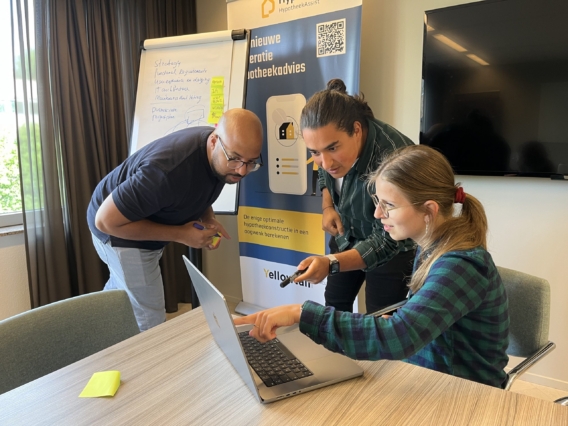What does the NIS2 directive mean for your organisation?
The NIS2 directive (Network and Information Security Directive) is a renewed European approach for better protection of critical infrastructures. The directive imposes stricter requirements on essential sectors such as energy, transport, health and government. Think of risk management, reporting obligations in the event of incidents and more intensive cooperation between member states. For organisations, this means a necessary transformation, in which proactive work – such as training employees and performing risk analyses – is central.
Important pillars of the NIS2:
- Extended scope: More sectors and organisations now fall under the directive.
- Severe sanctions: Failure to comply can lead to hefty fines. This forces organizations to invest in cybersecurity.
- Collaboration: Organizations need to better record and share incidents and threats.
During CyberSec, it was emphasized that being prepared for these changes is essential. For many organizations, this means a major transformation, because it requires a lot of proactivity to meet the new requirements.
Growing threat, greater impact
Cyberattacks are no longer the exception; they are the norm. Ransomware, where systems are held hostage, is one of the most common forms. The impact goes beyond financial damage, reputation and business continuity are also at stake. During panel sessions at CyberSec, practical solutions were discussed, such as training staff and implementing robust security protocols as key components.
Collaboration as the key to digital resilience
One of the key messages during Cybersec was that information security is not only a technological challenge, but also a matter of collaboration. Governments, companies and industry organizations must work together. Initiatives such as CERT (Computer Emergency Response Teams) and collaborations between industries show what effective collaboration looks like. But what can you do yourself to strengthen your organization?
- Invest in prevention: Keep systems up-to-date, manage passwords smartly and perform audits.
- Collaborate: Share information about threats within your sector.
- Prepare: Develop a clear and concise incident response plan and test it regularly.
Set out concrete actions with Key Control Dashboard
With the Key Control Dashboard you convert the NIS2 guideline into concrete actions. The tool makes it easy to test standards, implement control measures and record responsibilities. In this way you create a uniform working method within your organization, with real-time insight into risk management.
CyberSec emphasizes that information security requires a joint effort. By investing in collaboration, innovation and knowledge sharing, you build a strong defense against the threats of the future. Make information security a priority and take steps together towards a secure digital ecosystem.



















